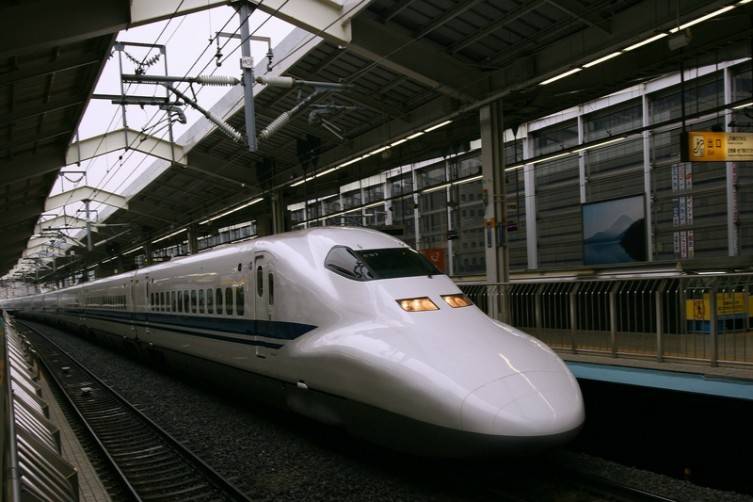
Photo Credit: Doug Bowman
Imagine being able to spend an afternoon shopping at the Galleria in Dallas and then meeting friends at Brennan’s in Houston for some of their blue crab and caviar nachos. A few hours later you are brushing your teeth back in your own home. Doesn’t it sound almost too good to be true?
Well, it looks like it is on its way. In August the Regional Transportation Council approved $4.5 million for the planning, design, and development of high speed rail to connect DFW to Houston by 2021. It would be a 90-minute ride, which is less time than it would take to drive from Dallas to Fort Worth on Fridays at 5pm.
The Regional Transportation Council’s plan sets aside $1.5 million each year from the Regional Toll Revenue funding account to be spent on this project. The project is privately funded by investors and will not get any government funding which is not a problem – they’ve already received over 75 million dollars from investors. This isn’t public transportation in any way, shape, or form.
The train is the N700-I Bullet, the international version of the Tikaido Shinkasen system currently in operation between Tokyo and Osaka, Japan, which has been running successfully for 50 years. The train travels at a speed of over 205 miles per hour — if you’ve been on the Texas State Railroad between Palestine and Rusk, and are expecting to be able to watch the scenery float by, it’s not similar at all. On a bullet train the scenery is a kaleidoscope of color and shapes, and not much more.
Texas Central Railway is the for-profit company behind the proposal. Its target market is the roughly 50,000 of us that travel between DFW and Houston several times a week. The trains will leave every 30 minutes during peak periods and every hour during other times, with the exception of 6 hours reserved at night for system maintenance. The cost will not be much different than taking your favorite airline, with one caveat. Based on data from the Tokyo-Osaka line the high speed bullet train will use 1/8 the amount of energy per seat and expends 1/12 less carbon dioxide than a Boeing 777-200.
Drayton McLane, Jr., an investor, summed up the value of the project nicely with these words, In Texas, we work hard, and we dream big. The Texas Central high-speed rail project connecting Dallas and Houston is transformational to Texas, and ranks as one of the most visionary solutions to future transportation challenges our state faces.




















